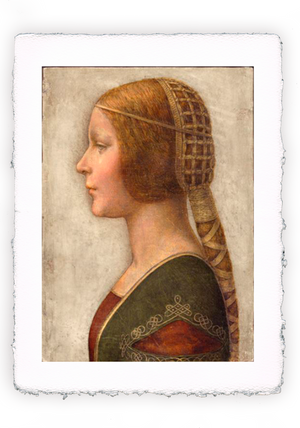
Bruegel award-winning company, old and young

Try to take 120 proverbs and idioms, illustrate them one by one and harmoniously bring them together in one picture. If the enterprise discourages you, enjoy the example of Pieter Bruegel the Elder's "Flemish Proverbs".
Unknown at the registry office
Reliable information on Bruegel's life is scarce and contradictory. Antwerp had no civil registry e Holland did not have a Vasari.
Doing the math backwards, we know that in 1551 it became part of the “Corporazione San Luca di Anversa”. One enters the guild between the ages of 21 and 25, so he may have been born between 1525 and 1530. Until 1559, Brueghel was signed and then, for reasons unknown to us, Bruegel.
The beginnings from Hieronimus Cock
Certainly Peter meets the print publisher and engraver Hieronimus Cock and starts working for him as an engraver. Cock had him make a series of drawings by Hieronimus Bosh, to be used also as a basis for the transposition of other engravings.
Bruegel moves the first passesi in this rich and cultured environment and refines his technique. In 1551 he left for Italy, perhaps sent by Cock himself, and in the 4 years of his journey he created a large number of works.
I come home and get married
Back in Antwerp he continues to deal with drawings to be translated into engravings and paintings. He participates in intellectual circles together with the cartographer Ortelius, the typographer Plantin, the engraver Goltius and Cardinal Perrento de Granvelle, a friend of King Philip II of Spain, all participants in the circle, but also main clients.
In October 1563 gets married in Antwerp with Mayeken Cock (daughter of her teacher) and moved to Brussels. Although close, the two cities are different: aristocratic Brussels and merchant Antwerp.
In those years Brussels was rich, but full of convictions, executions and bloody episodes. Fortunately, Bruegel is not touched by these grim events and lives a happy and productive period.
Bruegel family: all painters
The first son Pieter is born, who will become a painter and then the second Jan, who will become famous as “Jan of the velvets”. While Pieter dedicates himself to imitating his father and turning to the petty bourgeois, Jan cultivates aristocrats by inventing a more refined and rarefied style, almost like a miniaturist.
In practice we find: Pieter Bruegel the elder, the two sons Pieter Bruegel the young and Jan Bruegel the Elder and finally Jan Bruegel the young (grandson of the progenitor and son of Jan) to which are added Ambrosius Bruegel and Abraham Bruegel (great grandchildren).
With all these Bruegels, the attribution of works is not easy.
Without a doubt Pieter Bruegel the Elder died in 1569 at the age of only 49 (approximately). As a sign of the high esteem Bruegel enjoyed, his tomb was adorned with a painting by Rubens, which is still there in its place.
Themes and style of Bruegel the Elder
Bruegel's style and themes are truly personal, they come out of the Flemish tradition. His large tables are a meditation on humanity, especially peasant. A chronicle portrayed with precision and meticulousness by a "cartographer", no idealization.
Bruegel's man is a clumsy, vicious creature, in a ruthless and real world. Faces and deformities are reproduced with an objective eye, ruthless but without contempt: this is how things are and so Pieter paints them. The grotesque is not an end in itself, but used as a symbol of human weakness, not devoid of irony.
The difference with the contemporary Italian Renaissance is abysmal. Bruegel's humanity, and the Nordics in general, has no divine hope and protection. The result is a teeming chaos of a humanity with no escape, lightened, but not too much, by implications that are more comic than tragic.
His large plates are meticulously composed and also filled with alchemical symbols. No element is random, but it is part of a precise alchemical symbolic dialogue.
His solid and extraordinary technique matured in engraving, it allows him to paint as if he were really a cartographer, as if he were drawing a map. The various elements are missing only the small script with the name.
Bruegel combines a typically Flemish love for detail with a wide open landscape, organized in a glimpse of a village, a hill or a forest.
The copious attempts to imitate him, even by his descendants, are useless.
Pieter Bruegel the Elder remains in fact the only one capable of bringing together 120 proverbs in a painting that you would never stop looking at.


Leave a comment